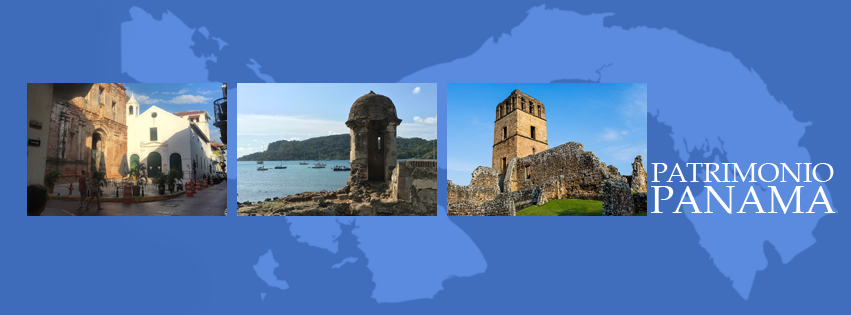
Figure 1. Convención del Patrimonio Mundial (UNESCO 1972)
Dear Friends of Patrimonio Panamá:
Se avecina la Trigésimo Novena Sesión del Comité del Patrimonio Mundial (Session 39 COM). Se llevará a cabo en la ciudad de Bonn, Alemania, del domingo 28 de junio al miércoles 8 July 2015.
Este es el sitio oficial en la web de la Convención del Patrimonio Mundial (WHC) de la 39na Sesión: http://whc.unesco.org/en/sessions/39com/
Esta es la web oficial alemana como anfitrión de la Sesión 39 COM: http://www.39whcbonn2015.de/
Habrá transmisión en vivo de las sesiones, en este enlace de la web oficial alemana: http://www.39whcbonn2015.de/livewebcast.html
Documentos de trabajo
Lastimosamente, los idiomas oficiales de la Convención son solamente el inglés y el francés, pero los documentos de trabajo de la Sesión 39 COM están ya disponibles en línea y pueden ser consultados en la pestaña “Documents” del sitio oficial (Esta: http://whc.unesco.org/en/sessions/39com/documents/). Estos documentos son public information and open access gracias a las políticas de transparencia de UNESCO. Están disponibles solamente en inglés y francés.
Los casos de Panamá
Panamá tiene pendiente ante UNESCO, en cuanto a sus bienes culturales inscritos en la Lista del Patrimonio Mundial, a ambos casos: the “Fortifications on the Caribbean coast of Panama: Portobelo and San Lorenzo (C 135)” inscrito en la Lista del Patrimonio Mundial en 1980, y al “Archaeological Site of Panama Viejo and Historic District of Panama (790bis)” inscrito en la Lista del Patrimonio Mundial en 1997 y ampliado para incluir al sitio arqueológico de Panamá Viejo en 2003. Comparto con ustedes abajo, enlaces a notas de prensa del Instituto Nacional de Cultura, publicadas en meses pasados.
Portobelo and San Lorenzo
INAC: Se firma convenio para la proteccion de Portobelo y San Lorenzo
The “Fortifications on the Caribbean coast of Panama: Portobelo and San Lorenzo (C 135)” pasaron a la Lista del Patrimonio Mundial en Peligro en el año 2012. El puerto fortificado del Conjunto Monumental Histórico de Portobelo y el monumento histórico Castillo de San Lorenzo de Chagres se hallan en un estado deplorable, que no será fácil de recuperar a un estado de conservación aceptable, y luego mejorarlo hasta hacer que su estado de conservación sea excelente.
Esta es la documentación enviada por Panamá, disponible como documento de libre acceso público en la web de la Convención del Patrimonio Mundial de UNESCO:
Y el análisis del caso por ICOMOS y el Centro del Patrimonio Mundial, junto con la Decisión Borrador que han generado:
Portobelo and San Lorenzo, Draft Decision 39 COM 7A.46 para el año 2015 (UNOFFICIAL translation)
El Casco Antiguo de Panama
En el delicado caso del Casco Antiguo, que es parte componente del patrimonio mundial “Archaeological Site of Panama Viejo and Historic District of Panama (790bis)”, éste sigue bajo las secuelas de la construcción del viaducto marino Cinta Costera Fase 3. Este año completaremos una fase previa de gran importancia: que el Comité del Patrimonio Mundial registre la Lista Indicativa de Panamá. Esa lista, que consta de una sola propiedad, es la puerta de entrada para el re-enfoque del valor universal excepcional del Casco Antiguo y de Panamá Viejo, que permita demostrar que ese valor universal excepcional aún permanece a pesar de la afectación causada por el viaducto marino Cinta Costera 3.
La Decisión Borrador que atañe a este caso es la Decisión Borrador 39 COM 8A.
Aporto la nota de prensa de INAC correspondiente:
Equipo de trabajo
Finalmente, aporto la nota de prensa, “INAC presentó su equipo de expertos ante UNESCO”, que simplemente presentó al equipo de expertos de Panamá ante UNESCO, entre los cuales se me incluye. El trabajo que realizamos es denso y sumamente extenso. Ya que mi blog es privado, solamente podré compartir con ustedes información finalizada y hecha pública por las instancias correspondientes; además de como hago normalmente, compartirles documentación, literatura científica y bibliografía actualizada,.
http://www.inac.gob.pa/noticias/905-inac-inac-presento-su-equipo-de-expertos-ante-unesco
Regards,
Katti Osorio Ugarte, Ph.D.







